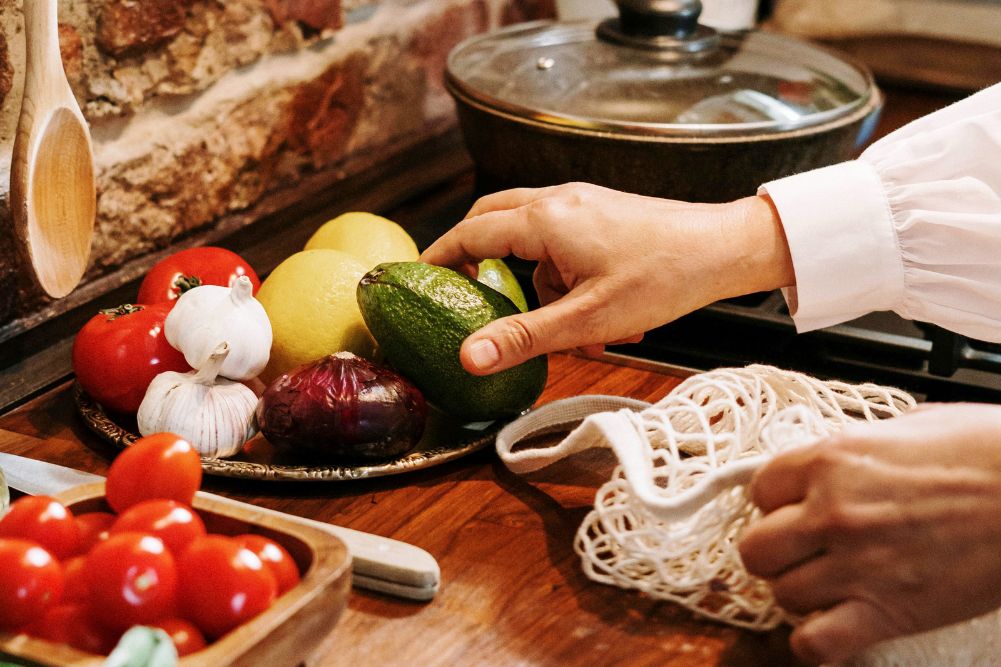Chia seeds: all you need to know
Chia was a staple crop of the Aztecs and Mayans and was, until recently, all but forgotten. With the arrival of Columbus, the Spanish conquistadors went to great lengths to eradicate this crop because of its use in pagan rituals. In fact, the Spanish were so successful that chia almost disappeared, surviving only in very small mountainous areas of Mexico and Guatemala.
In 1991, growers, businessmen and technicians from Argentina, Columbia, Bolivia, Peru and the US began producing and researching chia. They were particularly interested in chia as a sustainable crop for growers and as a means of improving human health because it is a source of omega-3 fatty acids, antioxidants and fibre.
The re-emergence of this historically significant crop is very exciting, not just because of its various health benefits, but also as a means of increasing diversity in our Western diets. Westerners are exposed to a very limited range of foods compared with more traditional cultures. Traditionally, tribal people and hunter gatherers roamed the land looking for edible plants and hunted wild game and as a result enjoyed a rich diversity of foods in their diets. Large-scale agriculture sacrifices this level of diversity for abundance.
Historical uses
Before the arrival of Columbus, chia seeds were roasted, ground into flour and used to make tortillas, tamales and beverages. Chia seeds and maize (cornflour) were often mixed together and used in cooking. Chia was also used as a raw material for medicines and made into a nutritious oil. Large areas of land were devoted to the cultivation of chia, which was a staple crop alongside corn, beans and amaranth.
Historical medicinal uses of chia are recorded from as far back as the 17th century. Infusions of the whole chia seed were thought to increase the uptake of other medicines, so chia was used widely in a range of natural preparations for a host of ailments. Before the 1600s, chia was used for respiratory ailments (usually the root) and to assist in giving birth. After the 1600s, it was more commonly used for treating eye infections.
It’s oil good
One of the reasons for the huge hype around chia is its high heart-healthy oil content. Chia seed is rich in unsaturated omega-3 and omega-6 fatty acids and is thought to be the richest plant source of omega-3s. The seeds contain roughly 30 per cent oil, including linoleic acid and linolenic acid. Linoleic acid is one of the two essential fatty acids. Your body cannot produce essential fatty acids, so you need to obtain them from your diet. Deficiency of this essential fatty acid causes severe problems in every cell, tissue and organ of the body.
Chia also contains high levels of linolenic acid, the second of the two essential fatty acids. This essential fatty acid is vital for optimal health. People suffering from degenerative diseases, including obesity, cancer, cardiovascular disease, diabetes and liver degeneration, usually have lower essential fatty acids in their body tissues. Given our modern tendency towards these conditions, this makes chia a very attractive addition to our Western diets.
Blood sugar and weight loss
Chia is high in protein, energy, fibre and minerals but low in sodium. Specifically, it contains significant quantities of calcium, iron, potassium, vitamin C, magnesium, folate, B vitamins, zinc, selenium and vitamin A. Chia also contains boron, which is needed for healthy bones and, apparently, has five times more calcium than milk.
A large portion of chia’s fibre is soluble. When this soluble fibre reaches the stomach it forms a gel-like substance that slows food digestion, helps decrease blood-sugar levels and promotes satiety. This interesting combination of properties shows promise for chia’s potential role in type 2 diabetes, although further research is needed.
Chia seed oil has been trialled on people with itchy skin conditions caused by diabetes or end-stage renal disease and it was found to be effective for alleviation of the itch as well as being beneficial for moisturising the skin.
Chia has a role to play in weight loss because of its high fibre content as well as its ability to balance blood-sugar levels. Both of these qualities help to create a feeling of long-lasting fullness.
In addition, Chia is thought to improve hydration and help the body to retain electrolytes, especially during exercise. As a result, it is becoming popular with athletes and body builders.
Using chia
Chia is considered very safe as a food supplement when added to a healthy diet. The chia seeds don’t need to be ground to gain the benefit of their healing qualities and, apparently, they have a longer shelf life than flaxseeds, as the high antioxidant levels are protective of the healthy fats they contain.
For anyone wanting to incorporate chia seeds into their daily diet, simply sprinkle one to two tablespoons of the seeds over your morning muesli, blend into a smoothie or discover the plethora of delicious specialty chia recipes online.
Chia is a crop of enormous historical significance. Its current resurgence is finally restoring this tiny superfood back to its well-deserved position in the spotlight. The rediscovery of chia brings increased diversity to modern diets while also providing a new source of omega-3s, fibre, protein and antioxidants. Chia is proving to be a powerful superfood in its own right and another piece in the puzzle for reversing our modern trend towards chronic disease.
References available on request.
Kate Mirow is a naturopath, nutritionist and herbalist with more than a decade’s experience treating health conditions, from fertility to weight loss, children’s health to digestive disorders and more. Reach her at Your Health in Manly, NSW. T: +61 2 9977 7888







